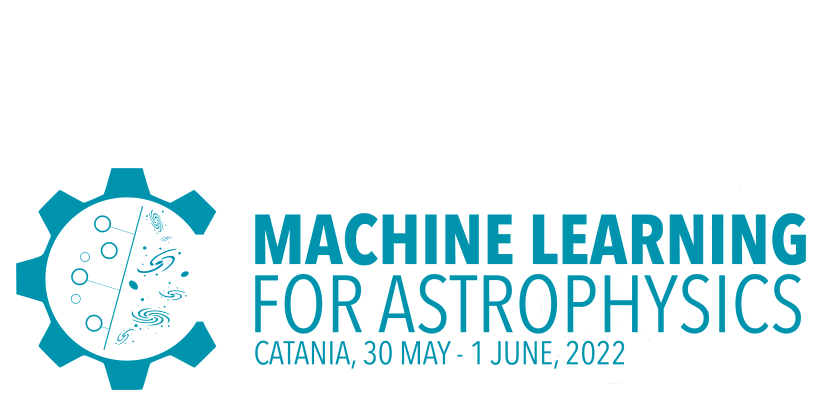Speaker
Description
Supernova Remnants (SNRs) are the remains of supernova explosions, the cataclysmic deaths of certain types of stars. These rapidly expanding structures have a notorious impact into the surroundings, releasing vast amounts of energy and processed matter to the interstellar medium. The study of SNRs is then crucial to understand the structural, dynamical and chemical evolution of the Galaxy as a whole. However, SNRs constitute a remarkably heterogeneous population of roughly 300 known objects, that exhibit a wide variety of observational properties: their morphologies include shells, bubbles, knots and filaments, often showing strong asymmetries; some of them are bright at infrared wavelengths owing to dust emission; others only exhibit thermal and non-thermal radio emission, etc. These differences likely arise from the progenitor star's nature, existing inhomogeneities in the pre-SN circumstellar material, explosion mechanism and other factors that are quite difficult to constrain.
Is there any underlying order in this apparent chaos? With the goal of answering such a question and systematically look for patterns in the SNR population, we resorted to unsupervised deep learning methods. This approach allows for unbiasedly clustering sources in a multidimensional space that takes into account most of the observational properties of SNRs. In this talk we present a multi-stage unsupervised pipeline, consisting of two complementary steps: (i) a feature extraction phase, able to achieve a compact representation of multiwavelength images by means of convolutional autoencoders and manifold representation; and (ii) a clustering stage that groups together objects that display similar multiwavelength features in the resulting latent space. By applying this pipeline to infrared and radio continuum imagery (22 μm, 70μm and 30 cm), we have been able to identify physically meaningful subsets within a representative sample of the Galactic SNR population. This work, developed in the frame of the H2020 NEANIAS project, underlines the potential of unsupervised methods for Galactic Science in the era of SKA precursors.

